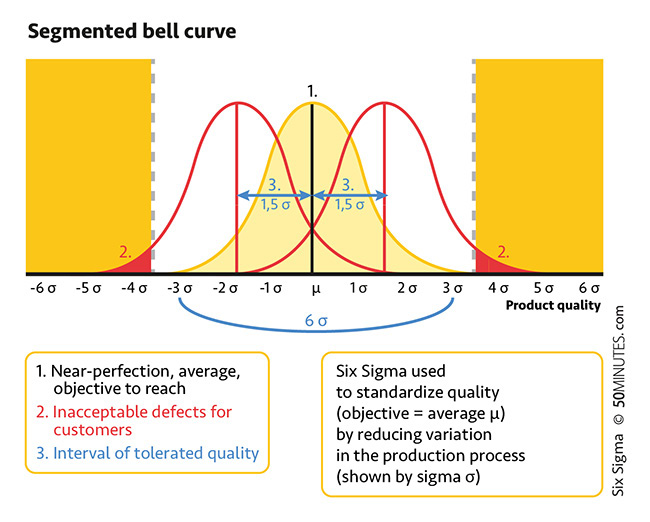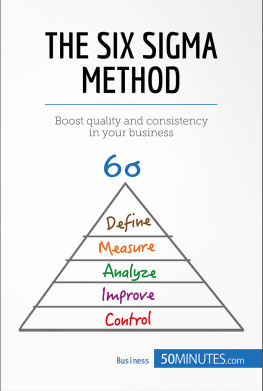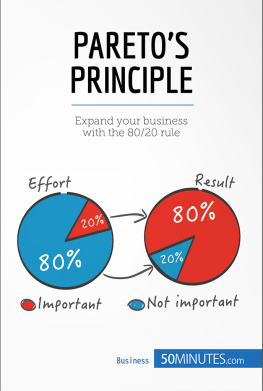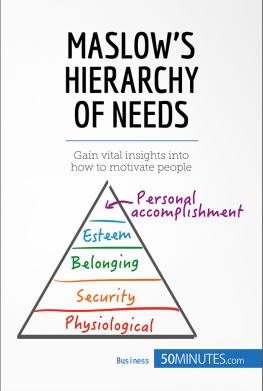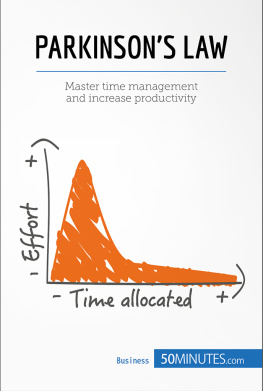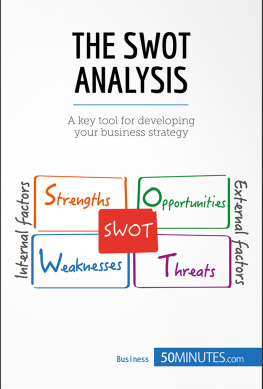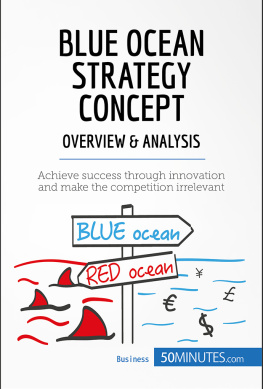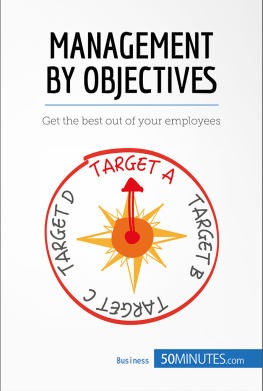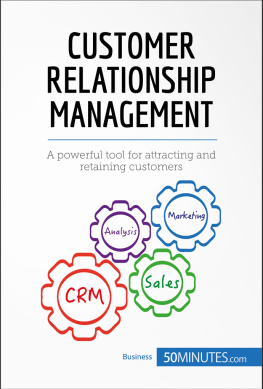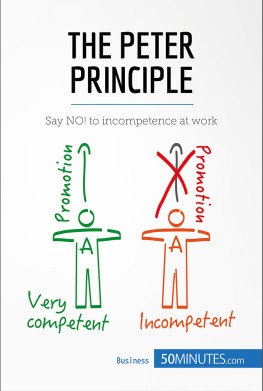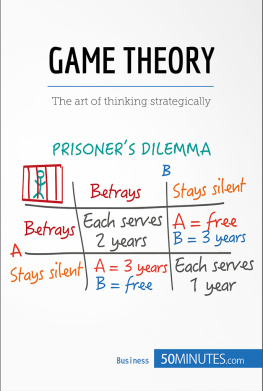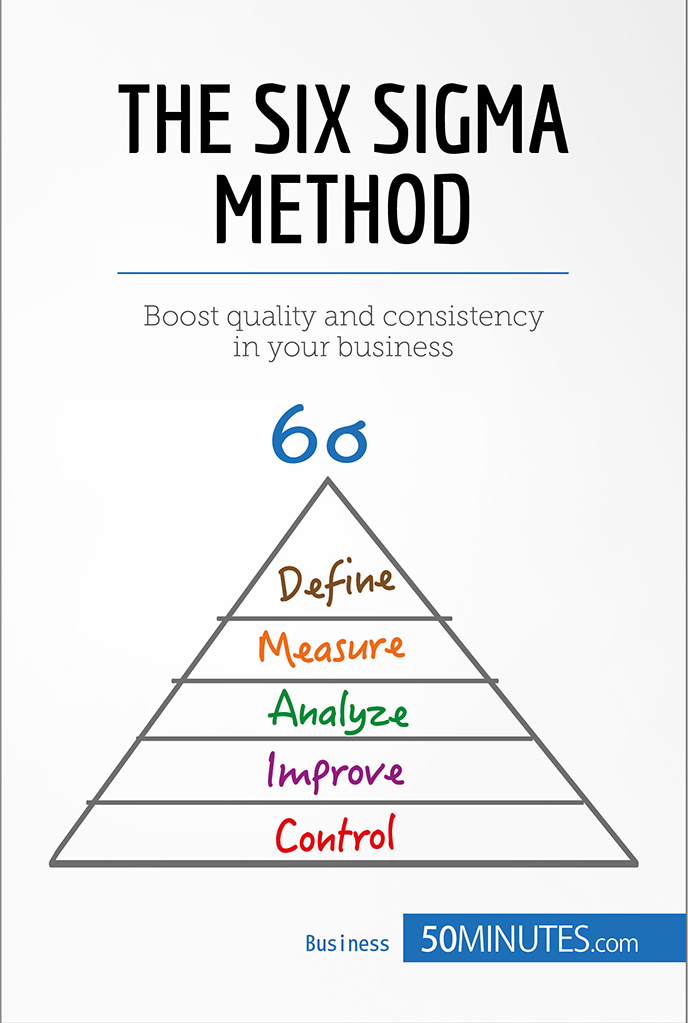
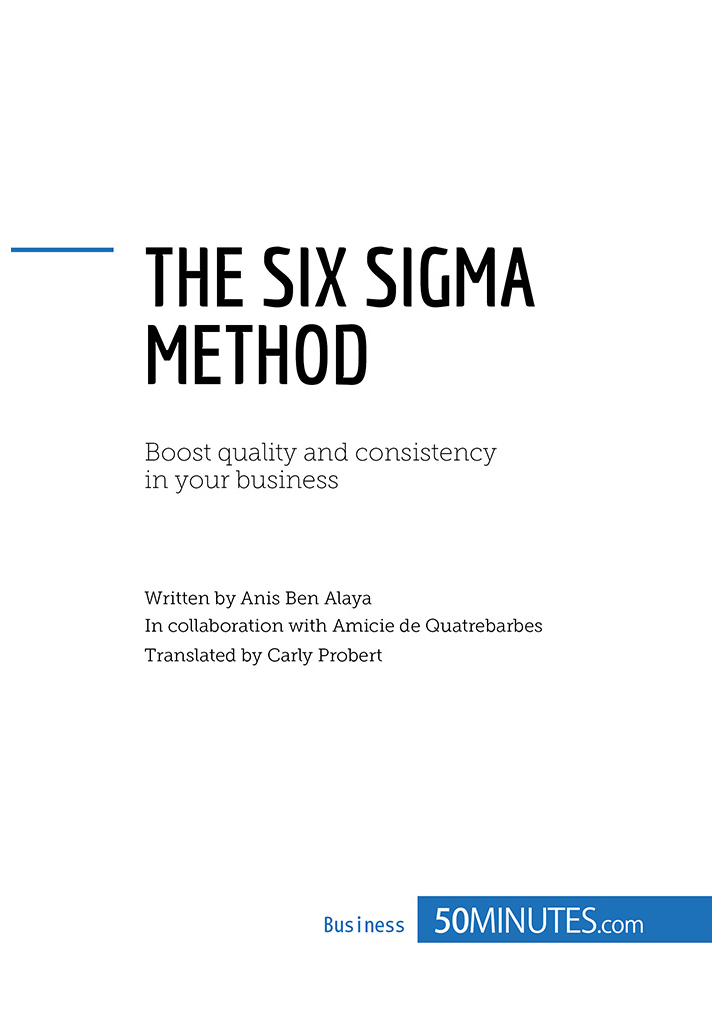
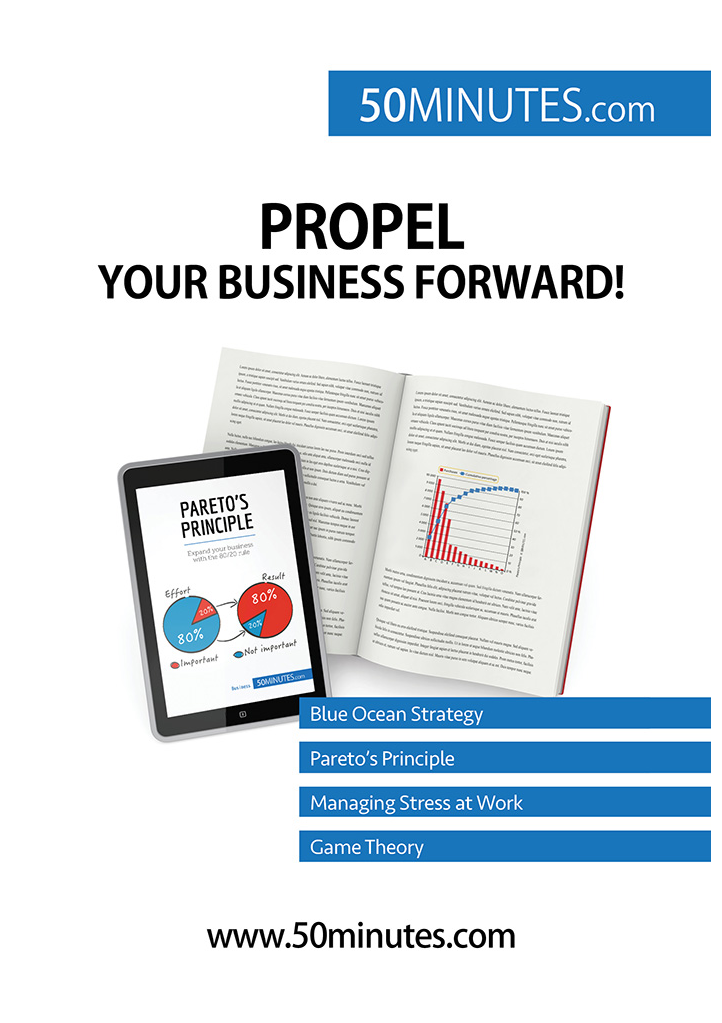
The Six Sigma method
Key information
- Names: Six Sigma, 6 Sigma, 6
- Uses: a qualitative, quantitative and structured approach to business management.
- Why is it successful? It is a precise approach to improve key business processes for a reliability of more than 99.99%. The objective is to achieve an average of 3.4 defects per one million defect opportunities (where 3.8 sigma, for example, corresponds to 10 000 defects per million).
- Key words:
- Customers: all agents interested in a product or service
- Defect: product imperfection
- DMAIC: managerial method with the objective of improving a product or service
- Information: data used to establish a comprehensive view of a given situation, without leaving out details
- Performance: numerical result
- Process: different stages of production
- Project management: approach used within a company for organising a project in different stages
- Quality: defining characteristics of a product
- Sigma (): Greek letter representing standard deviation in statistics
- Standard deviation: variation or dispersion of a variable against a threshold (the average)
- Statistical tool: analysis method for a database, following a numerical approach
- Strategic objective: aimed balance, involving actions that lead to the benefit of a favourable market position
Introduction
Faced with a product offering that does not satisfy customers or the business enough or at all, the latter may decide to reconsider its workflow (manufacturing, etc.) in order to concretely improve its quality. The Six Sigma method allows you to calibrate new objectives and reduce the probability of variation within a process, once a detailed analysis has been conducted to identify the defects that alter the satisfaction of both the customers and employees, but also the company.
History
In the mid-1980s, the US company Motorola faced considerable pressure from Asian producers, especially the Japanese, because its production system, fundamentally different from the Asian systems, no longer seemed suitable for the realities of the market. Throughout the 1970s, Japanese factories had been more focused on durability and reliability and therefore offered simpler models than those from US factories that put more emphasis on quality elements (model design, options, etc.). US factories then looked to inspections in order to control the products (an unreliable and expensive method).
Faced with a decrease in profits, Motorola executives then chose to change their philosophy and combine statistical tools with leadership principles to form the basis of a comprehensive management system: Six Sigma. The results were immediately visible, as the quality of the products improved instantly. The process started to spread in the 1990s and was adopted by General Electric, which quickly experienced the benefits of this management method.
Today, most major companies have opted for this system: Caterpillar, Kodak, SFR, etc. Six Sigma has become a quality standard in terms of business practice and is taught in many business schools worldwide.
Good to know
Here are some examples of the benefits of Six Sigma:
- Motorola capitalised $2.2 billion between 1986 and 1990;
- General Electric recorded a performance oscillating between $7 and $10 billion in 1995 thanks to this method;
- The Bank of America saved hundreds of millions of dollars, halved its running time and greatly reduced its margins of error, three years after having adopted the method in 2001.
Definition of the model
Six Sigma is an analytical approach based on statistically verified facts which aims to improve the functioning of a company (production, administration, etc., at a lower cost) and to ensure the quality (reliability of 99.99%) of products or services for customers. This method takes its name from a specific statistical tool: standard deviation, represented by the Greek letter . In fact, Six Sigma uses process analysis to provide a product in a quality gap (i.e. not more than 3 away from the average) expected by the customer and the company. This allows the company to limit the variation and defects in the process.
Theory
Companies using this quality management method for improving their products focus on three priorities: customers, employees and processes. Prioritising the customers means you can identify them, know their expectations and anticipate the added value the company could provide for them. This seems obvious, yet many companies tend to forget that profit comes from customer satisfaction. The other two priorities must also be at the heart of the companys concerns, because neglecting them could indirectly cause discontent among customers these three areas are interconnected.
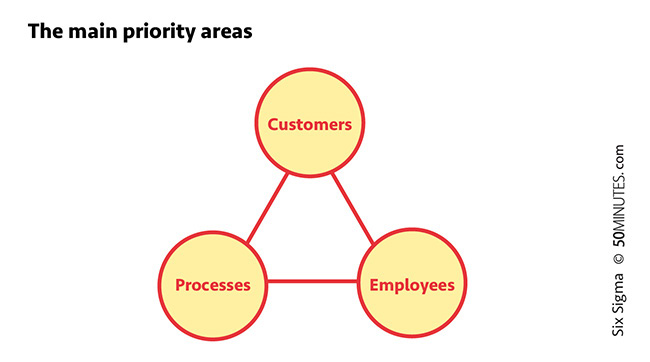
Six Sigma follows two methodologies. Their use depends on the context in which the company wants to expand its production: by extension or creation of a product.
DMAIC
When implementing Six Sigma to improve the results of an existing product or service, you must adhere to the following process, called DMAIC:
- Define . Defining customers, expectations, team charter with specific measures for organising the project development stage, the general process and financial results.
- Measure . Measure and collect data (defects) of the process.
- Analyse . Analyse the data collected and the process in order to identify problems related to the current situation.
- Improve . Innovate to identify potential solutions, then apply them on a small scale to see if they effectively improve process performance.
- Control . Controlling, detailing and implementing a plan to ensure that improvement takes place on a larger scale.
DMADV
The DMAIC methodology is used to improve an existing product or service. Another methodology is used in the case of developing and designing a new product or service: DMADV (Define, Measure, Analyse, Design and Verify ).
The Design stage in DMADV involves making the product or establishing the service. The team ensures product compliance.
What is Six Sigma?
On a technical level, Six Sigma is based on the theory of variability, which means that everything is statistically measurable when compared to a continuous scale (weight, height, rate, etc.) that follows a bell-shaped curve. This, called a Gaussian curve, is symmetrical and represents virtually 100% of what is measured. It can be divided into several segments standard deviations marked with the Greek letter (sigma) that define the variability, while the axis represented by the letter (mu) is the average that every process approaches. The weaker this variation, the more production is consistent with values close to the target.
